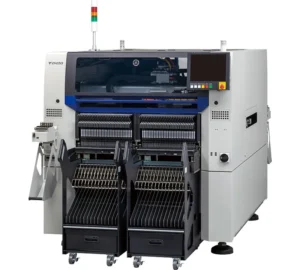The bare printed circuit board — or PCB — is the heart of your electronic assembly. Put simply, if a PCB isn’t fabricated properly, your assembly isn’t going to work properly, either. Not every supplier has the capabilities and processes required to incorporate the critical features of a PCB. Circuit density, controlled impedance, and surface finishes, not to mention a commitment to get PCBs where they need to be, when they need to be there, are all elements that have to be considered.
That’s why finding the right supplier should be one of your highest priorities.
We look at four elements for choosing the correct supplier for each unique assembly: Complexity, Delivery Times, ITAR Certification, and Cost.
- Complexity: we assess our suppliers for technical capabilities like:
- Controlled Impedance Testing
- Rigid-Flex technology
- Specialty RF material experience
- Metal back PCBs and bonding capabilities
- Multiple surface finish capabilities
- And more
- Delivery Time Requirements are a critical variable, especially with lingering questions about the supply chain. Because the timing of a bare board’s delivery should match the longest lead time component, we assess each case with each customer as to their delivery needs: you may need a quick turnaround for a protype, or a long lead time to achieve the lowest cost. We work to identify suppliers that most accurately match those delivery needs.
- For customers whose products require ITAR Certification, we maintain a list of reliable suppliers that are located in the U.S. and abide by government regulations related to the defense industry.
- Cost is always an important element, but it may not always be the key driver for our customers. When pricing is the most important factor, we have the option to use our offshore suppliers to reach your — and our — cost goals.
Finally, many of our team have worked for PCB fabricators and have first-hand knowledge of those industries’ processes and capabilities, which gives us an extra edge on choosing the right suppliers.
For more information about this and other elements of our assembly process, click here.






